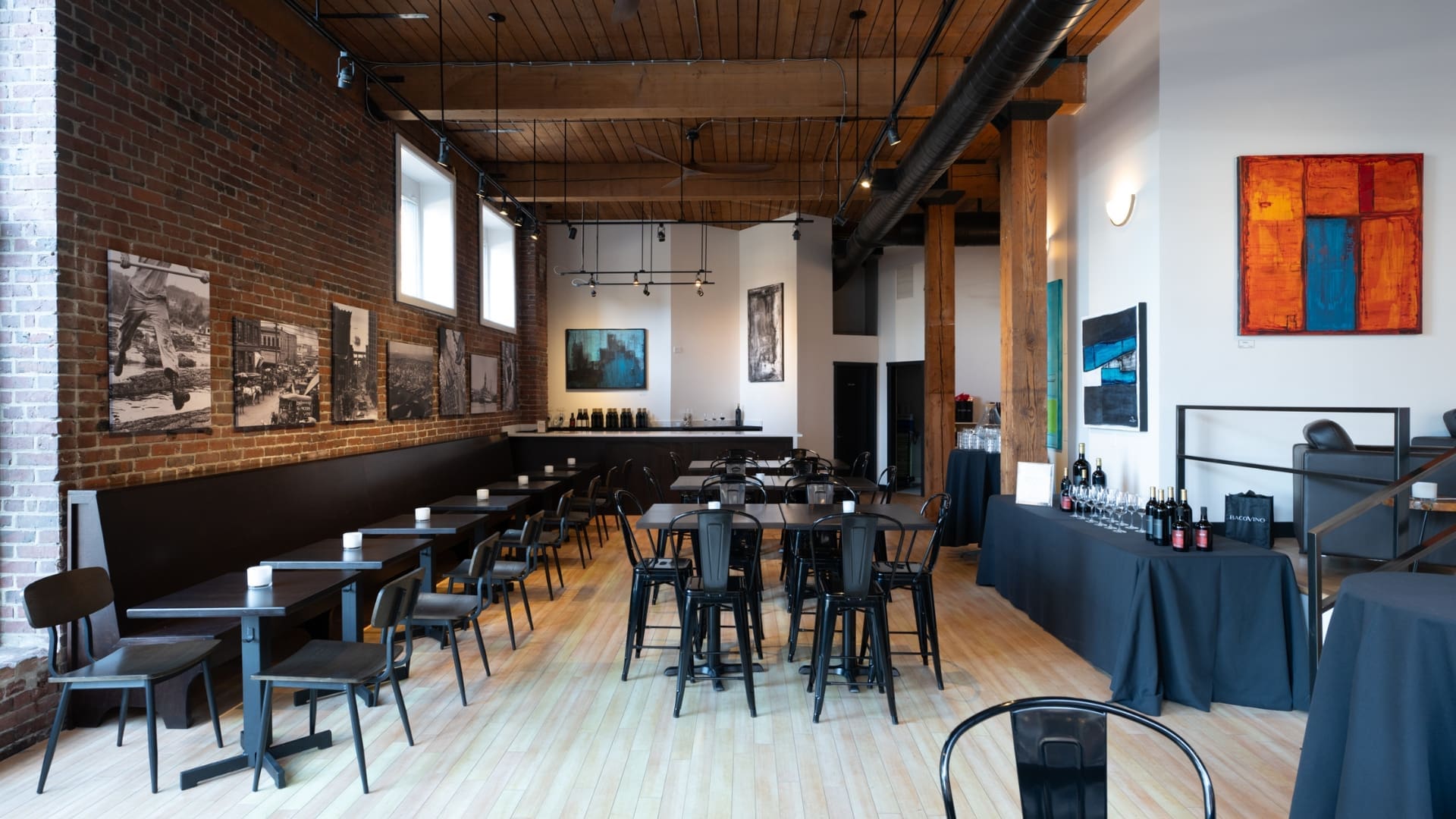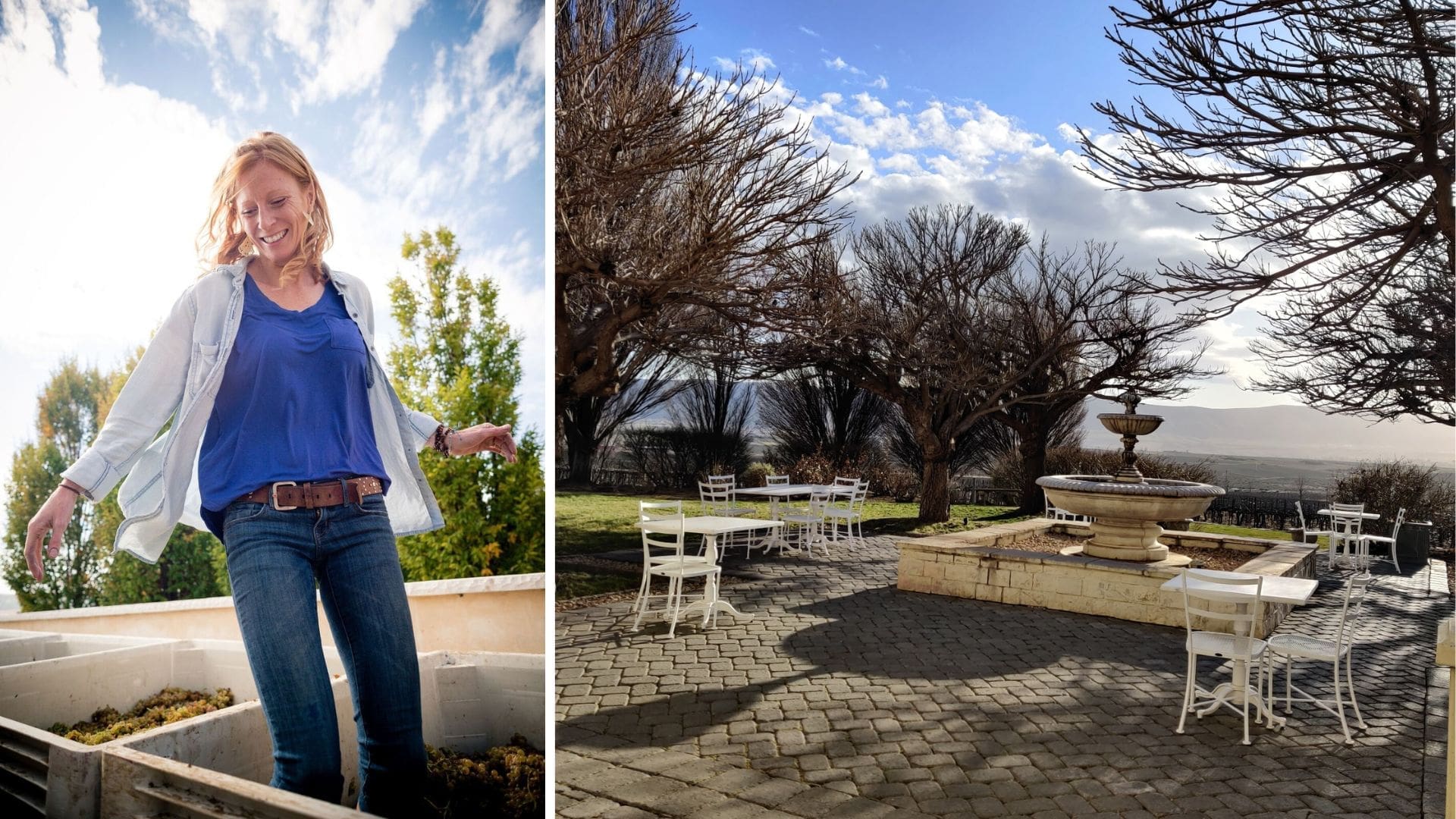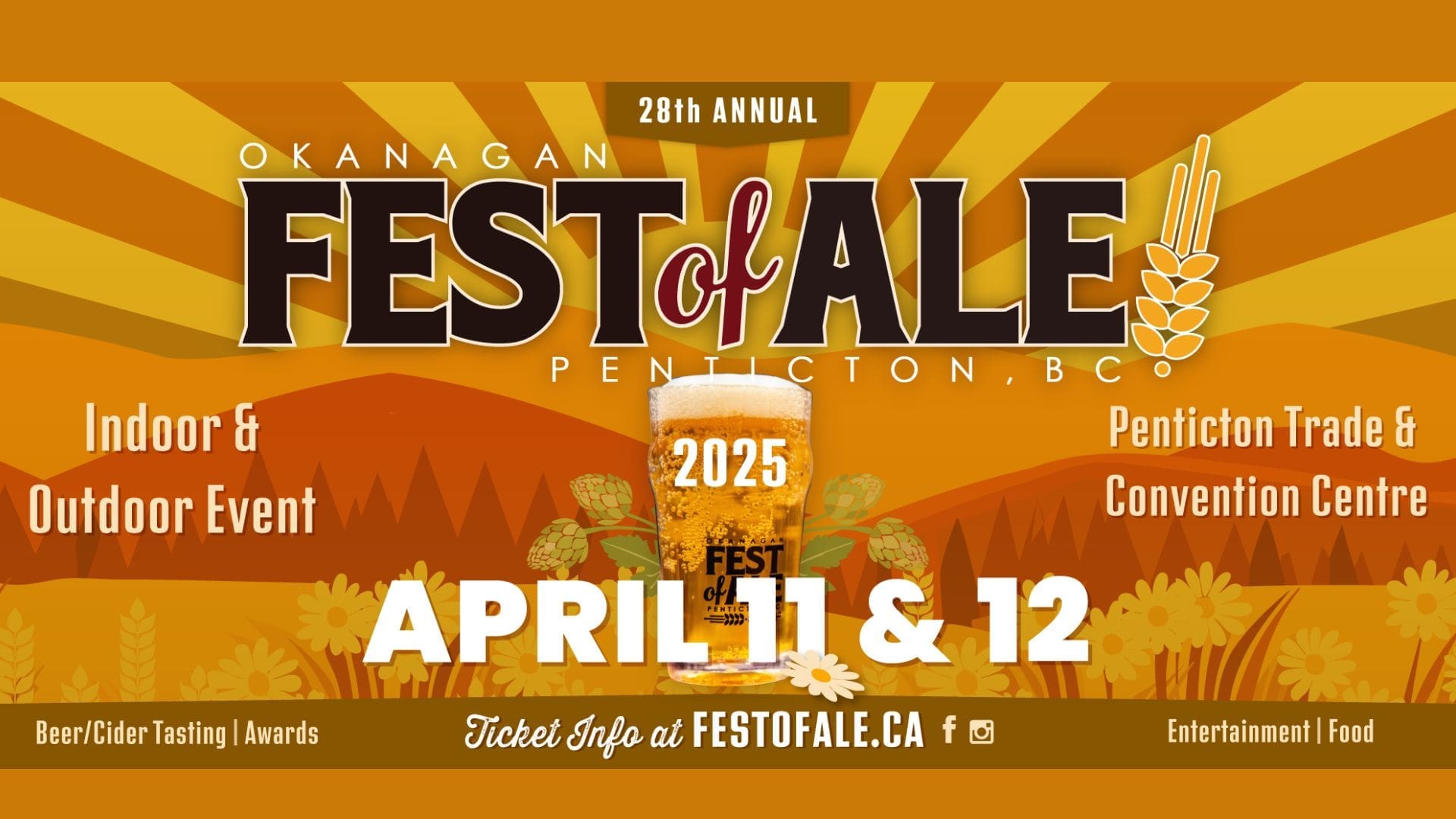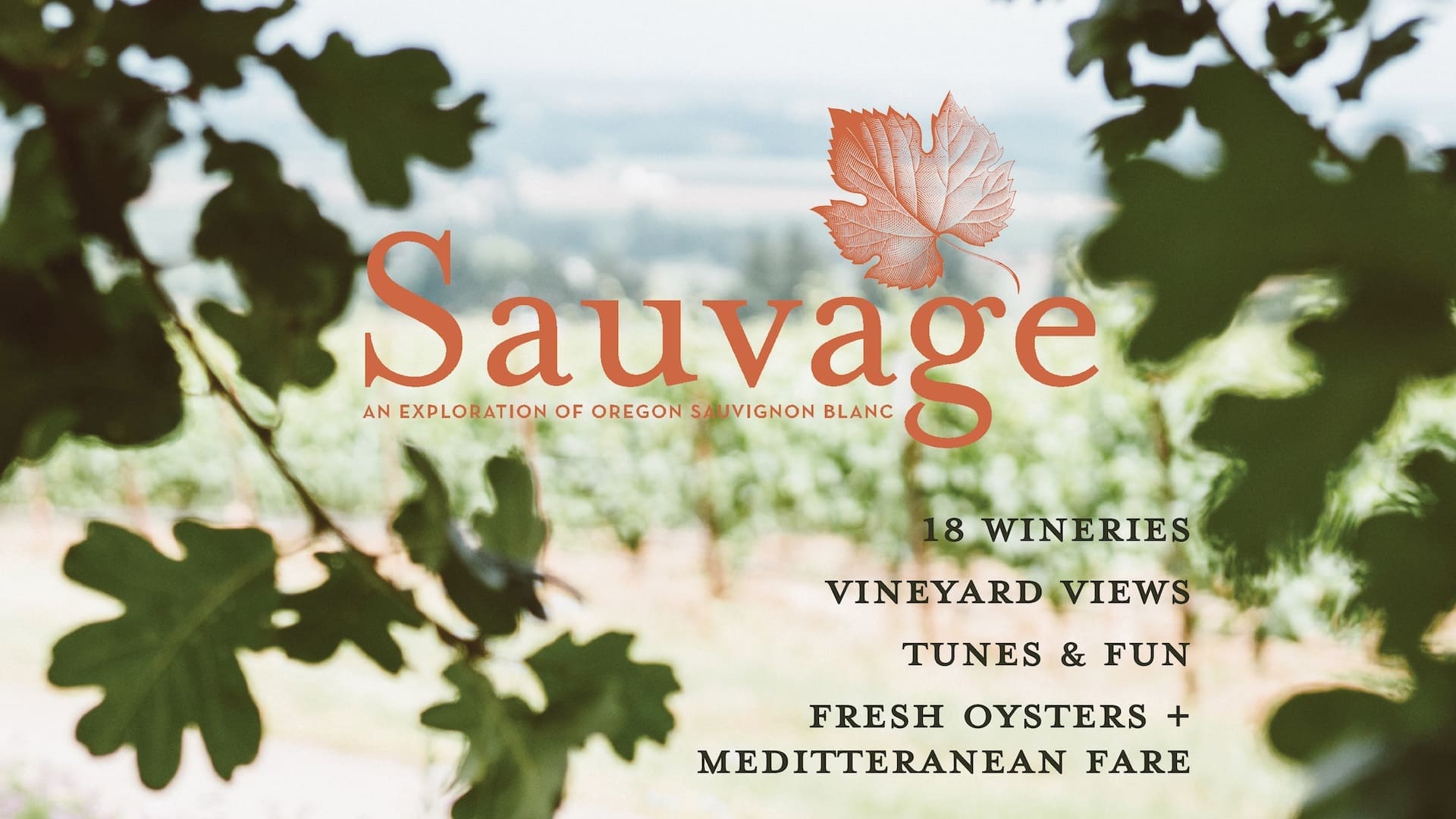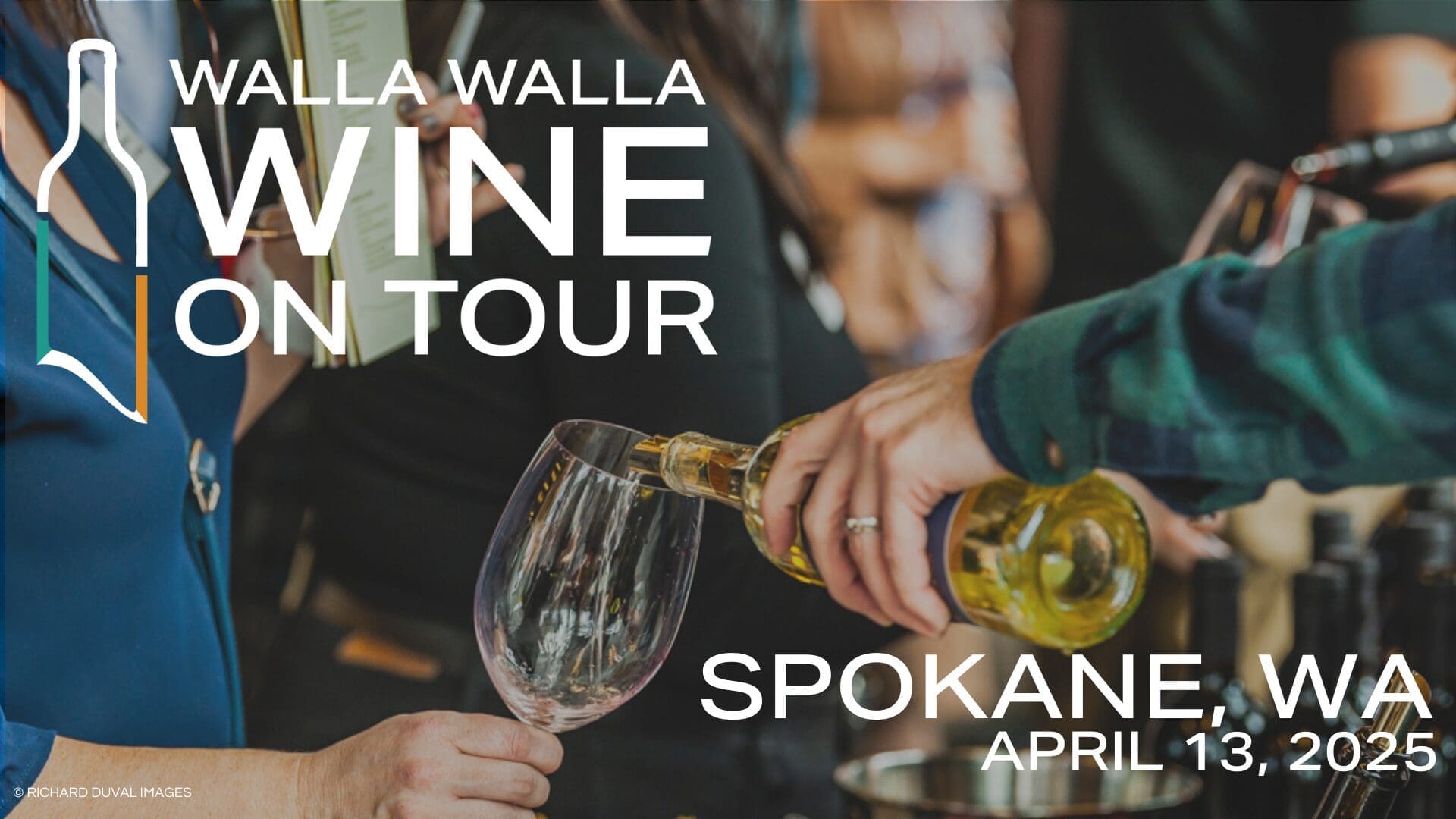After several consecutive years of hot, early vintages, the Pacific Northwest looks poised for something rather different in 2017. A cold, wet winter turned into a cold, wet early spring, with early stages like bud break several weeks to a month behind previous years in many sites. I’m no meteorologist, so I can’t say whether or not we’re about to get another super-hot summer, but the slow start to the vintage actually has me hopeful that 2017 will be a fantastic year throughout the region, for two reasons.
The first has to do with the interplay between temperature, sunlight and ripeness. Simply speaking, the warmer and sunnier the growing season, the riper grapes will get. Thus, even if the span of time from bud break to harvest is exactly the same in two different vintages, when those days happen to fall can make a big difference in the resultant wine. In practice, that’s not really what happens: the later in the year that grapes reach ripeness, the longer they can be left on the vine without risking over-ripening. That’s critical for the development of all the stuff we love: phenolic compounds, tannin and pigment.
Then there’s the balance of sugar and acid. As grapes ripen, the sugar levels inside rise, and the acid levels decline. Yet in places (like most of the Northwest) where the temperature drops dramatically at night during the growing season, sugar productions slows or even stops at night. It’s one of the characteristics that differentiates PNW wine from that of, say, Napa Valley, where this diurnal temperature shift is less pronounced. Unsurprisingly, those temperature swings are more extreme as we transition from summer to fall than in the middle of August.
The second reason I’m excited is that the last couple of vintages have taxed local winemakers and grape growers in another way. When grapes are reaching physiological ripeness in late August, it means they have to be picked in late August. In the sweltering heat that implies. Picking grapes is no one’s idea of a fun job, and adding intense heat to the mix only makes it worse. Beyond that though, early vintages also create a serious time dilemma for everyone.
I’ve heard from a number of winemakers throughout the area that these last few vintages have been punishing to anyone who hesitates to harvest, as a one-day delay can often push grapes well above the desired sugar levels. A compressed harvest window not only causes ulcers and heartache, but it also puts incredible demands on the picking crews throughout the region. It’s not that later vintages don’t have any challenges (such as frost, rain, rot or birds), but that the window for picking is generally big enough to allow for some leeway.
We’ve obviously got a long way to go before the true measure of 2017 is known, and perhaps it’s foolish to be excited about a vintage when there still are not any actual grapes on the vine. But just because the vintage itself got off to a late start, it doesn’t mean the hype can’t start early.
Writer Zach Geballe is a sommelier at the Dahlia Lounge and the host of Disgorged, a weekly podcast and pop-up wine bar in Seattle’s Queen Anne neighborhood. He lives in Seattle, where he owns more wine than he can reasonably drink, but loves to share. You can find him at @zgeballe or vinetrainings.com.



